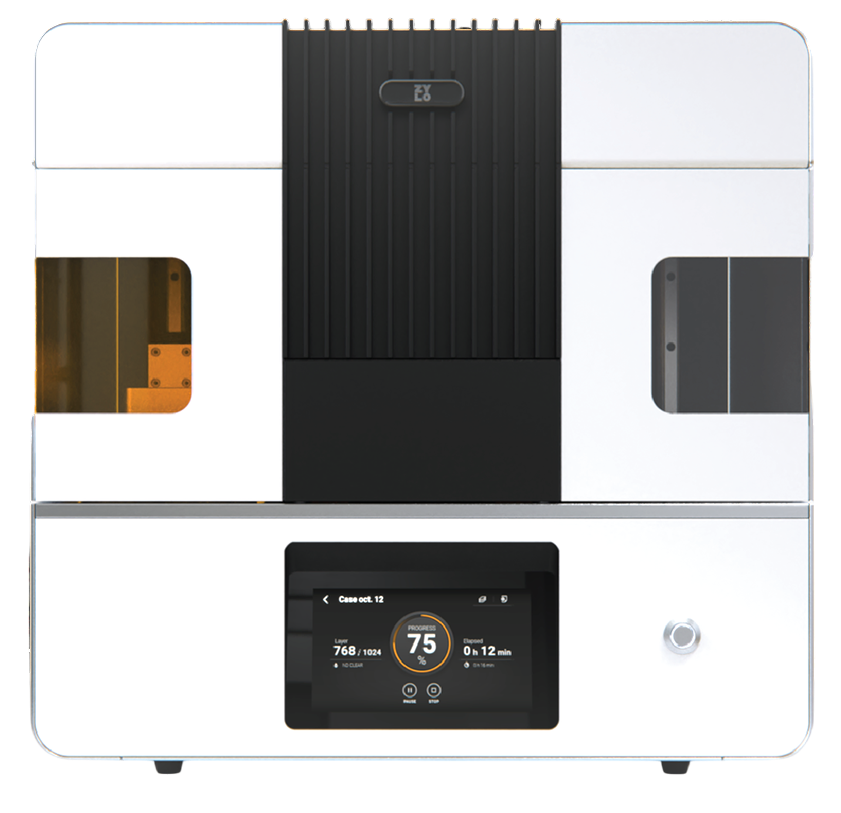All intra-oral scanners have a clinically accepted degree of tolerance that results in some minor interference when the models are virtually articulated. The software is simply alerting the user to this and providing a choice in how to handle the situation. I would suggest to cut the interference for the following reasons:
1. if models are 3D printed, it will seems as if they are further away from the resotration that is produced
2. during virtual articulation, the resulting design may have high occlusion because the software will ride along the highest points of the surface
3. the interference is typically never in the area where the preparation exists; cutting the other surfaces by a few microns in the non-contacting areas will not jeopardize the final result
If the intersection is so large (I think I can read something higher than 1mm, but it’s really hard to read), then there are two possibilities:
1. Intersection is just some artefact – tongue, finger of dentist… In this case it can simply be cut, as the software suggests. Likely there will be no adverse effects.
2. Or, the upper/lower registration is wrong. This is an issue that must be corrected, manually or by re- scanning bite. Otherwise restoration will be too short & occlusion bad.








